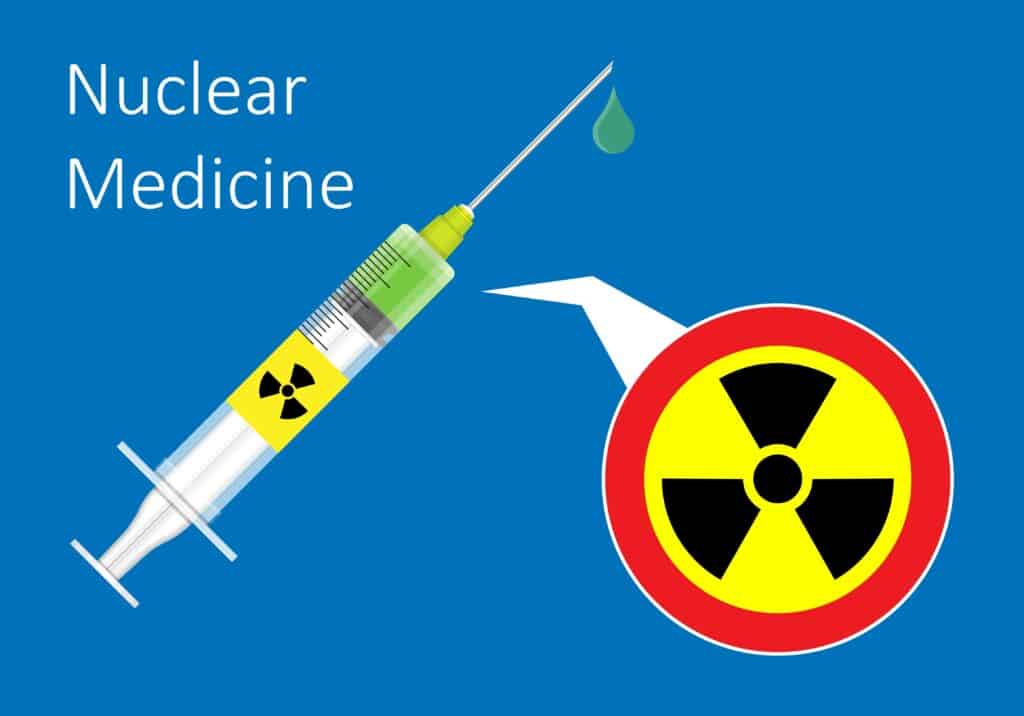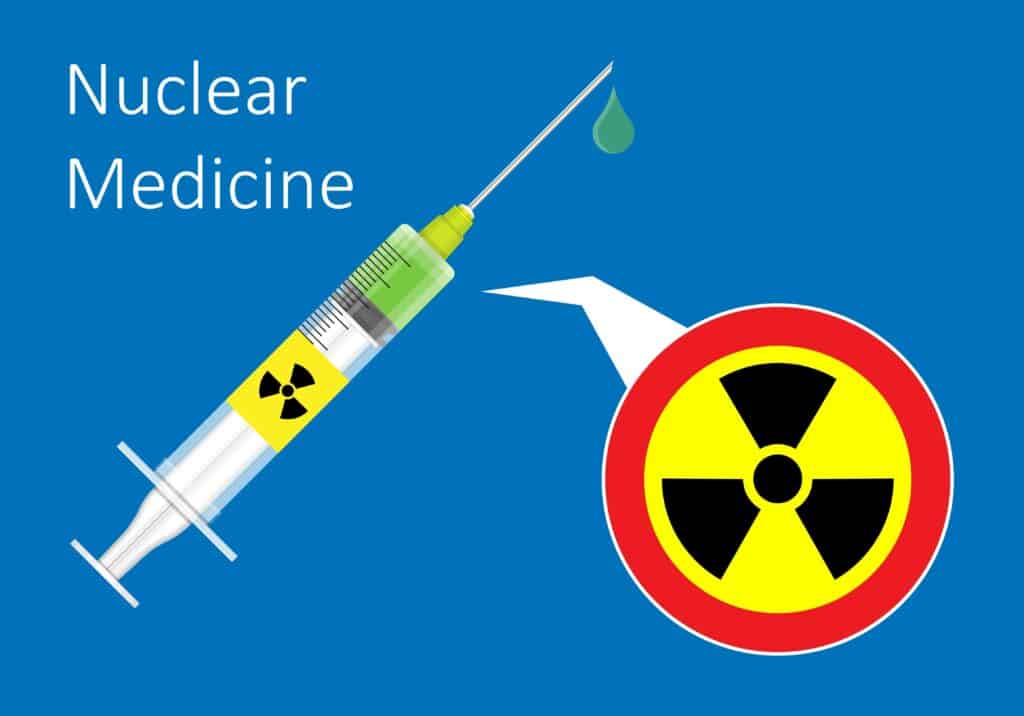Yttrium-90 Ibritumomab Tiuxetan (Zevalin): A Targeted Radioimmunotherapy Revolutionising the Treatment of Refractory B-Cell Non-Hodgkin’s Lymphoma
Zevalin, combining monoclonal antibodies and radiation, offers hope against refractory B-cell non-Hodgkin’s lymphoma with targeted therapy.


